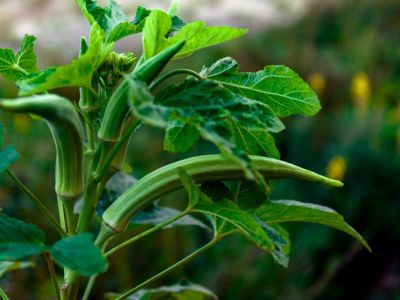Okra Blight Information
So, what causes okra blossom blight? The disease organism is known as Choanephora cucurbitarum. This fungus thrives when warmth and moisture are available. Though it is present throughout most of the world, it is most prevalent, and most troublesome, in warm and humid regions, such as the Carolinas, Mississippi, Louisiana, Florida, and other parts of the American south. The same fungus affects other vegetable plants including eggplants, green beans, watermelons, and summer squash, and is common on these plants in the same geographic regions. The appearance of fruits and flowers infected with Choanephora cucurbitarum is quite distinctive. At first, the fungus invades the blossom or the blossom end of young fruit of okra and causes them to soften. Then, a fuzzy growth that looks like some bread molds develops over the blossoms and the blossom end of the fruits. White or whitish gray strands with black spores on the ends appear, each looking like a black-tipped pin stuck into the fruit. The fruit soften and turn brown, and they may elongate beyond their normal size. Eventually, the whole fruit may be densely covered in mold. Fruits that are located at the bottom of the plant are more likely to get infected.
Control of Okra Blossom and Fruit Blight
Since the fungus thrives on high humidity, increasing air flow in the garden by spacing plants farther apart or by planting on raised beds can help with prevention. Water from underneath the plant to avoid getting the leaves wet, and water in the early morning to encourage evaporation during the day. Choanephora cucurbitarum overwinters in the soil, especially if debris from infected plants is left on the ground. Therefore, it is important to remove any infected blossoms and fruits and to clean out the beds at the end of the season. Planting over plastic mulch can help prevent spores in the soil from finding their way onto the okra blossoms and fruits.
